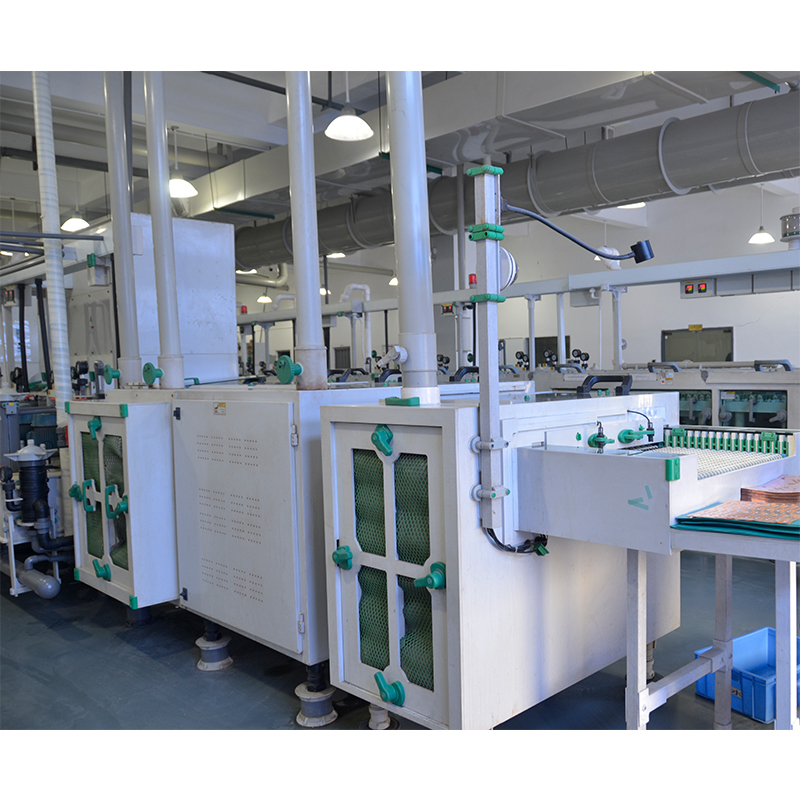How to choose suitable protective layer and covering materials for 8-layer PCB to prevent physical damage and environmental pollution?
Introduction:
In the fast-paced world of electronic devices, printed circuit boards (PCBs) play a pivotal role. However, these precision components are susceptible to physical damage and environmental contamination. To ensure its longevity and optimal functionality, it is crucial to choose the correct protective layer and covering material for your 8-layer PCB. In this blog, we’ll delve into the process of selecting these essential elements, focusing on preventing physical damage and environmental contamination.
Physical damage prevention:
1. Consider the thickness and material of the protective layer:
When it comes to protecting an 8-layer PCB from physical damage, the thickness and material of the protective layer are critical. A thicker protective layer provides better resistance to impact and mechanical stress. Ideally, the protective layer should be made of a durable material such as polyimide or FR-4 that can withstand external forces.
2. Evaluate the impact resistance of covering materials:
In addition to the protective layer, covering materials also play a vital role in preventing physical damage. It is crucial to choose a covering material with a high impact rating. Materials such as acrylic and polycarbonate offer excellent impact resistance, protecting PCBs from accidental drops or bumps.
3. Select a coating solution:
Applying a special coating to an 8-layer PCB is an effective way to add an extra layer of protection against physical damage. UV-curable coatings, conformal coatings, and silicone coatings are popular choices. These coatings are resistant to abrasion, chemicals, moisture and dust.
Environmental pollution prevention and control:
1. Use environmentally friendly materials:
Environmental pollution is an urgent problem in today’s world. When selecting protective layers and covering materials for 8-layer PCBs, it is important to choose environmentally friendly materials. Look for materials that are free of harmful chemicals like lead, mercury, and heavy metals. Choose materials that comply with RoHS (Restriction of Hazardous Substances) standards to reduce environmental pollution and promote sustainable development.
2. Explore packaging solutions:
Encapsulation is an effective way for 8-layer PCB to prevent environmental pollution. By encapsulating your PCB with special materials, you create a barrier against moisture, dust, corrosion, and other environmental contaminants. Potting compounds, epoxies, and silicones are common encapsulation materials known for their protective properties.
3. Consider sealing mechanisms:
Incorporating a sealing mechanism into the 8-layer PCB design can prevent environmental contamination. Gaskets made of materials such as neoprene or EPDM can provide an effective barrier against moisture and dust. Additionally, tapes with excellent sealing properties can be used to enhance the sealing mechanism.
In conclusion:
Choosing the correct protective layer and covering materials for an 8-layer PCB is critical to preventing physical damage and environmental contamination. By considering factors such as thickness, materials, impact resistance and environmental friendliness, you can ensure the longevity and optimal functionality of these precision electronic components. Remember, a well-protected PCB not only extends its lifespan but also promotes sustainable practices by reducing environmental pollution.With 1500 workers and 20000 sqm of production and office area, Shenzhen Capel Technology Co., Ltd. was established in 2009. Flexible PCBs and Rigid-Flex PCBs production capacity can reach more than 450000 sqm per month.
Post time: Oct-05-2023
Back







